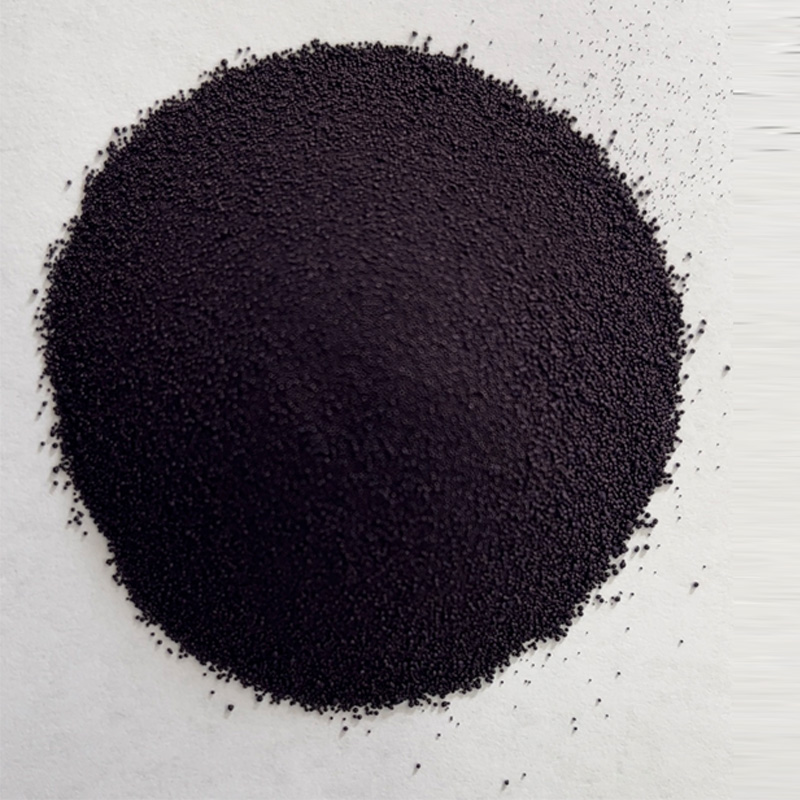natural indigo dyeing
Natural Indigo Dyeing An Art Rooted in Tradition
Indigo dyeing is one of the oldest and most revered textile dyeing techniques known to humanity. This age-old practice, which predates the invention of synthetic dyes, has been cherished for its rich hues and cultural significance across various societies. Natural indigo dyeing not only showcases the artistry involved in color creation but also emphasizes a sustainable approach to textile production.
Indigo, derived from the plant Indigofera, is a remarkable dye that has been used for centuries. The vibrant blue color it produces has adorned garments ranging from ancient Egyptian textiles to modern denim jeans. The indigo plant flourishes in warm, tropical climates and has been cultivated in regions such as Southeast Asia, West Africa, and South America. The dye extraction process is intricate and requires a deep understanding of both botany and chemistry.
The first step in natural indigo dyeing involves harvesting the leaves of the indigo plant. Once collected, the leaves are soaked in water and allowed to ferment, which initiates a chemical reaction that converts the indican (the natural compound found in the leaves) into indigotin, the actual dye. This fermentation process is crucial, as it results in the development of the deep blue shade that indigo is famous for. After several days of soaking and fermentation, the mixture is aerated, producing a frothy layer of indigo on the surface.
Following aeration, the indigo dye is extracted and then reduced to a powdered form or used as a liquid dye in dyeing vats. The dyeing process itself is rich with tradition and requires skill and patience. Fabrics dipped into the indigo vat undergo a transformation; the initial color is often a greenish hue, which turns to blue as the fabric is exposed to air. This oxidation process is fundamental to achieving the desired depth and vibrancy of the color.
natural indigo dyeing

Natural indigo dyeing is also characterized by its unique resist dyeing techniques, such as shibori or tie-dye. These methods involve binding, folding, or stitching the fabric to prevent the indigo from reaching certain areas, resulting in stunning patterns and designs. Each piece of fabric becomes a one-of-a-kind work of art that reflects the artisan's creativity and skill.
Moreover, the resurgence of interest in natural dyes, including indigo, can be attributed to the growing awareness of sustainable fashion and ethical practices within the textile industry. With rising concerns over the environmental impact of synthetic dyes—often toxic and hazardous to both health and ecosystems—more consumers and designers are turning to natural alternatives. Unlike their synthetic counterparts, natural indigo dyes are biodegradable and less harmful, making them a favorable choice for eco-conscious individuals.
Education and preservation of traditional indigo dyeing techniques are essential as cultural heritage becomes at risk of fading. Artisans and craftspeople around the world are revitalizing these practices, often incorporating modern designs while maintaining traditional methods. Workshops and classes focusing on natural dyeing are becoming increasingly popular, providing opportunities for enthusiastic learners to engage with this ancient craft.
In addition to its aesthetic qualities, natural indigo dyeing has cultural significance in many regions. For instance, in Japan, indigo dyeing is not just a craft but a vital part of the country’s identity, with furoshiki (wrapping cloths) and traditional garments often featuring indigo designs. Similarly, in West Africa, indigo dyeing is woven into textile traditions that tell stories of history, identity, and community.
In conclusion, natural indigo dyeing is an intricate blend of art, tradition, and sustainability. As contemporary society shifts toward more eco-friendly practices, the revival of this ancient craft plays a vital role in promoting cultural heritage, environmental consciousness, and artisan skills. For those interested in understanding the stories behind the fabrics we wear, natural indigo dyeing is not just a method of coloring textiles but also a profound connection to our past and a hopeful vision for a sustainable future.
-
The Timeless Art of Denim Indigo Dye
NewsJul.01,2025
-
The Rise of Sulfur Dyed Denim
NewsJul.01,2025
-
The Rich Revival of the Best Indigo Dye
NewsJul.01,2025
-
The Enduring Strength of Sulphur Black
NewsJul.01,2025
-
The Ancient Art of Chinese Indigo Dye
NewsJul.01,2025
-
Industry Power of Indigo
NewsJul.01,2025
-
Black Sulfur is Leading the Next Wave
NewsJul.01,2025

Sulphur Black
1.Name: sulphur black; Sulfur Black; Sulphur Black 1;
2.Structure formula:
3.Molecule formula: C6H4N2O5
4.CAS No.: 1326-82-5
5.HS code: 32041911
6.Product specification:Appearance:black phosphorus flakes; black liquid

Bromo Indigo; Vat Bromo-Indigo; C.I.Vat Blue 5
1.Name: Bromo indigo; Vat bromo-indigo; C.I.Vat blue 5;
2.Structure formula:
3.Molecule formula: C16H6Br4N2O2
4.CAS No.: 2475-31-2
5.HS code: 3204151000 6.Major usage and instruction: Be mainly used to dye cotton fabrics.

Indigo Blue Vat Blue
1.Name: indigo blue,vat blue 1,
2.Structure formula:
3.Molecule formula: C16H10N2O2
4.. CAS No.: 482-89-3
5.Molecule weight: 262.62
6.HS code: 3204151000
7.Major usage and instruction: Be mainly used to dye cotton fabrics.

